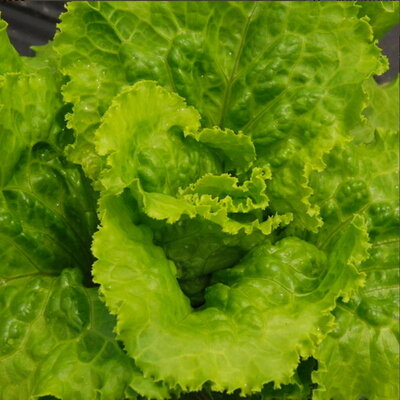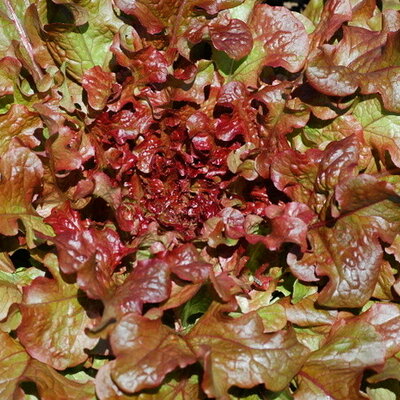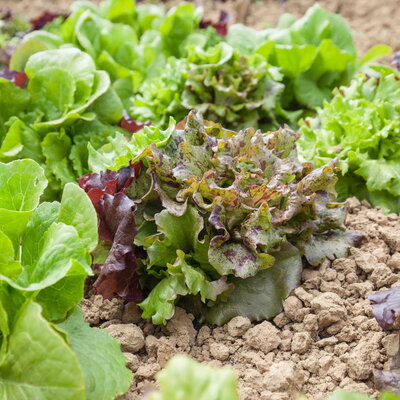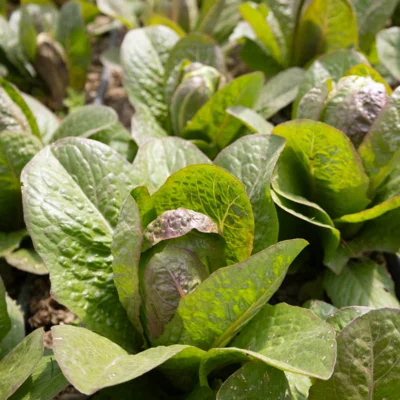
Toad - Red Beet
This French variety is one of the oldest known, with historical references dating back to the 17th century. According to botanical historian Andrew Dalby, the beet mentioned in Greece in a document dating from 320 BC may be the ancestor of this black-skinned variety. It is mentioned in Vilmorin-Andrieux's "Les Plantes Potagères" as a striking example of the lack of relationship between the color of a beet's flesh and that of its foliage.
These products may also be of interest to you
in the ground, online
Sow in pots. Transplant at least 20 cm apart in all directions, when plants have 5 to 6 leaves and soil is sufficiently warm. Sow directly in place, in rows 20 to 30 cm apart. As soon as plants have 3 to 4 leaves, thin to 15 or 20 cm along the line, keeping the most vigorous. Overgrown plants can be transplanted.
Sow every 2 to 3 weeks to stagger harvesting, and water regularly.
February, March
April, May, June
June, July, August, September, October, November
in the ground
sunny, semi-shade
medium
all floor types
drained, light, fees
Beta vulgaris
late
From 300 to 400 g
6 grams
conical
fine
Red
From 40 to 60 cm
From 20 to 25 cm
corrugated
France
"Vilmorin-Andrieux "Les Plantes Potagères
This French variety is one of the oldest known, with historical references dating back to the 17th century. According to historian-botanist Andrew Dalby, the beet mentioned in Greece in a document dating back to 320 BC could be the ancestor of this black-skinned variety. It is mentioned in Vilmorin-Andrieux's "Les Plantes Potagères" as a striking example of the lack of relationship between the color of a beet's flesh and that of its foliage. The black epidermis is cracked, according to some, like a toad's skin, which gave it its name.
As well as being excellent vegetables, beet is rich in vitamins A, B1, B2, B6 and C, and its leaves, which are also an excellent source of many minerals and trace elements (calcium, magnesium, copper, phosphorus, sodium, iron, etc.), contain as much, if not more, iron.The root contains fewer minerals than the leaves, but provides a long list of interesting substances: choline, folate, iodine, manganese, sodium, potassium, fibre, as well as carbohydrates in an easily digestible form. And although its iron content is not very high, it is of excellent quality, making beet an interesting food to help blood synthesis. Particularly recommended in cases of haemorrhage, in preparation for childbirth or during convalescence...











